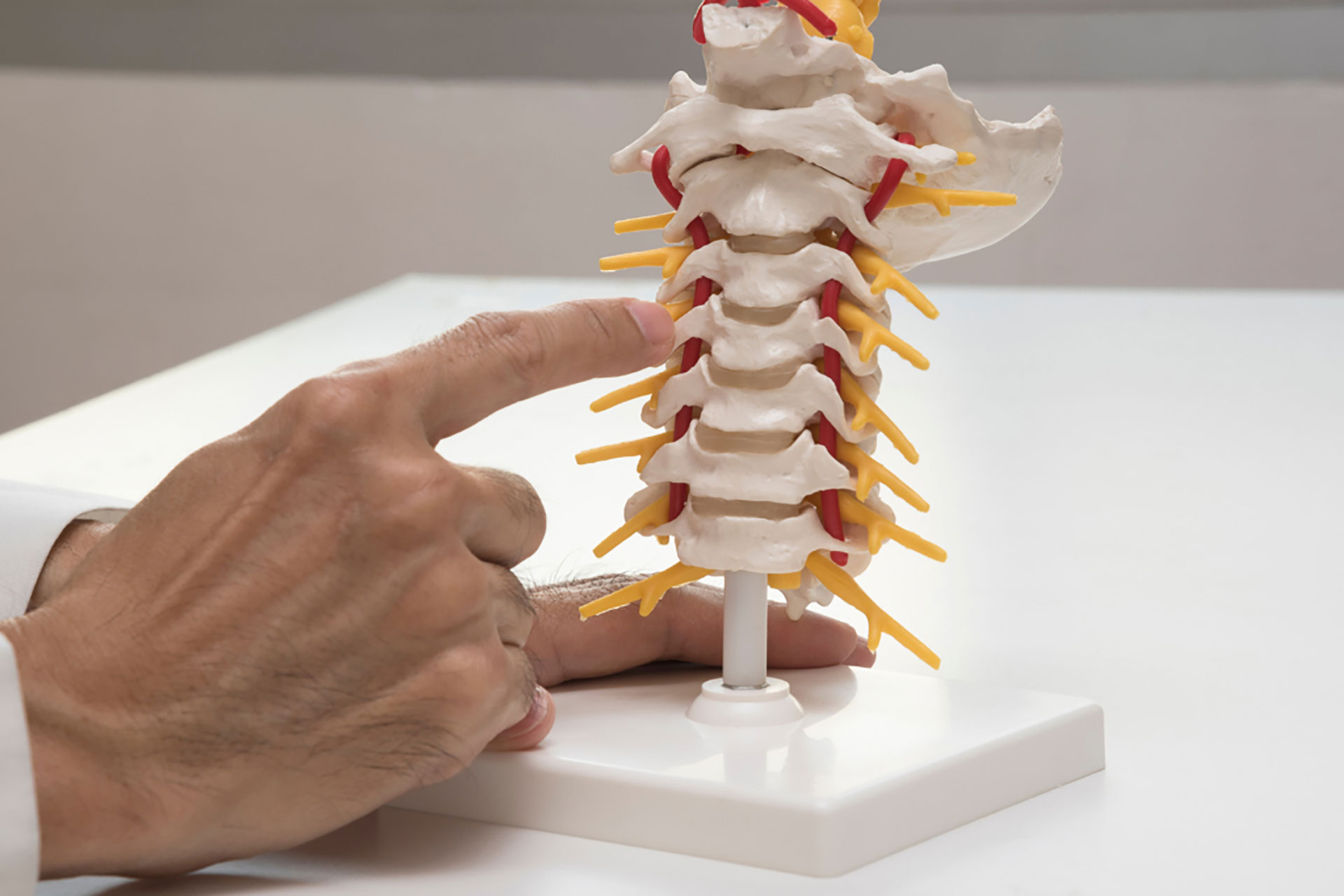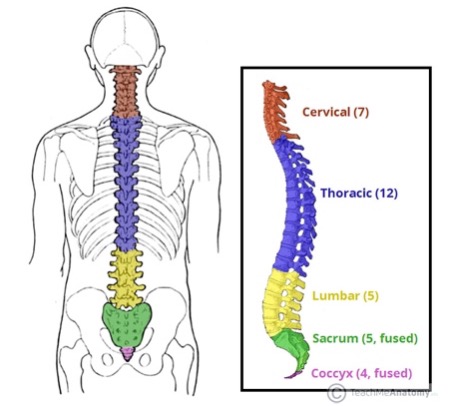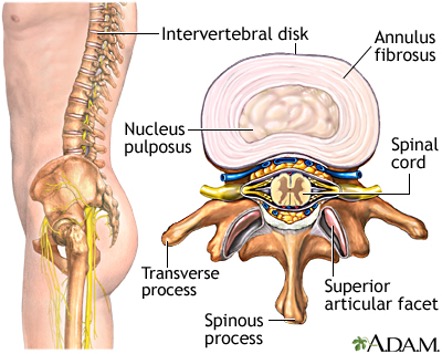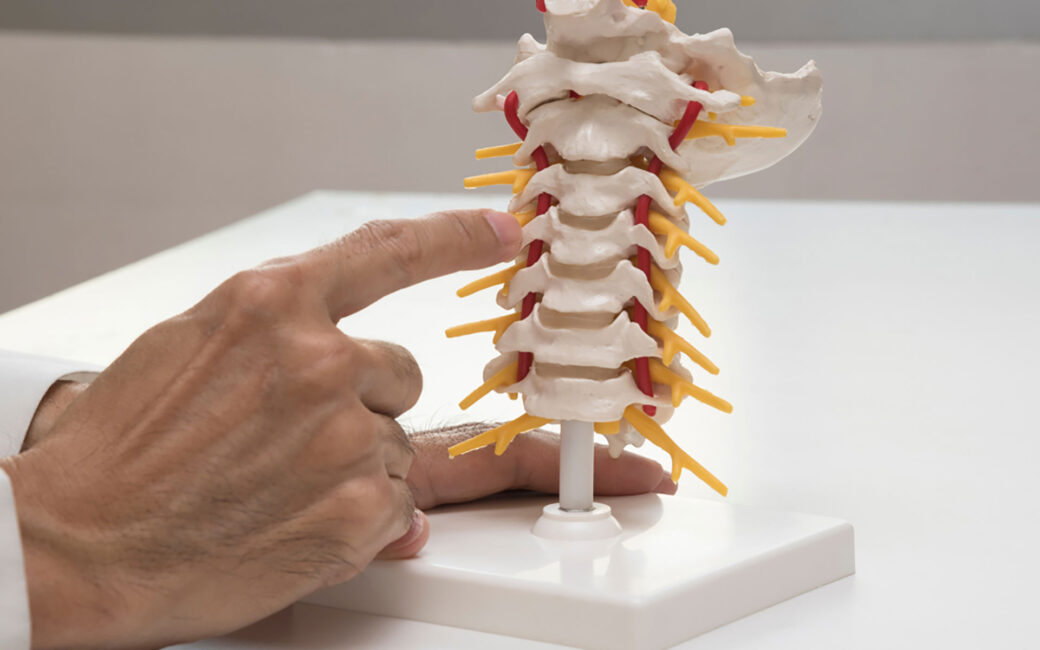What are the common causes of back pain?
One of the most common and costly conditions that we see in the clinic is low back pain (LBP). We breakdown all the common conditions and share safe exercise tips.
Jun 23, 2022 | Michael Semancik, DPT, TPI M2

One of the most common and costly conditions that we see in the clinic is low back pain (LBP). Whether this is acute or chronic, a large majority of our clients, at one point or another, have experienced low back pain in their lives. The United States is estimated to spend approximately $90 billion annually on the treatment of LBP (this includes MD visits, imaging, surgery, PT, among other treatments), and has also become the number one condition of disability among industrialized nations. So: what should you do if you start to experience low back pain, or have had chronic low back pain?
Basic Anatomy of the Spine
First, let’s explore the basic anatomy of the spine. Your spine is made up of four regions: cervical (seven vertebrae), Thoracic (12 vertebrae), Lumbar (five vertebrae), and Sacral (five fused vertebrae). Each of these regions have slightly different shapes, curves, and structures that allow for different types of movements and protection at each region.
Each vertebra is separated by the intervertebral disc. The disc is made of two main structures, the annulus fibrosus and the nucleus pulposus. The nucleus pulposus is the inner gelatinous portion which will resist compressive forces though the spine, and the annulus fibrosus is the outer ring of the disc, which resists more tensile forces. Together, these two structures help decompress the spine and provide padding between the vertebrae to allow for movement of the spine.


Another role of the vertebrae, besides movement, is to protect the spinal cord and corresponding nerve roots from damage. As you can see from this top-down view, the spinal cord is protected within the vertebral foramen. The nerve roots, which will supply the muscles and provide sensation to the extremities, are also protected in the lateral foramen
There are also many muscles that help provide support and stability to the spine. When people think of the “core,” often times we only consider the abdominal musculature (obliques, transverse abdominus, rectus abdominus). While these are important to spine health, the core is a very comprehensive term, and can encompass your abdominals, erector spinae, deep spinal stabilizers, and even your glutes.
There are also many muscles that help provide support and stability to the spine. When people think of the “core,” often times we only consider the abdominal musculature (obliques, transverse abdominus, rectus abdominus). While these are important to spine health, the core is a very comprehensive term, and can encompass your abdominals, erector spinae, deep spinal stabilizers, and even your glutes.
Common Injuries and Conditions
There are many different structures and conditions that can produce pain in the lower back. Here, we have outlined a few of the most common ones, and symptoms associated with them:

Maddy Mazoue
Maddy Mazoue, PT, DPT, CSCS, is a physical therapist and strength and conditioning specialist who specializes in developing athletes’ return to sport programs.
